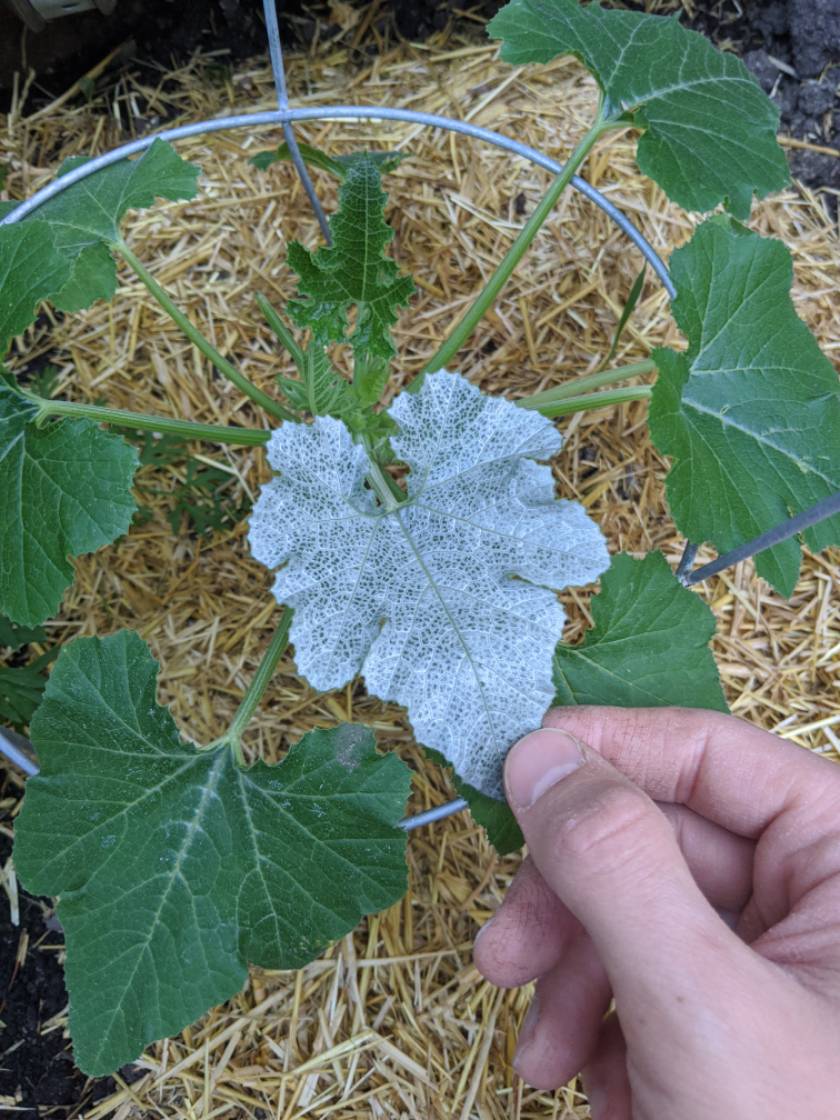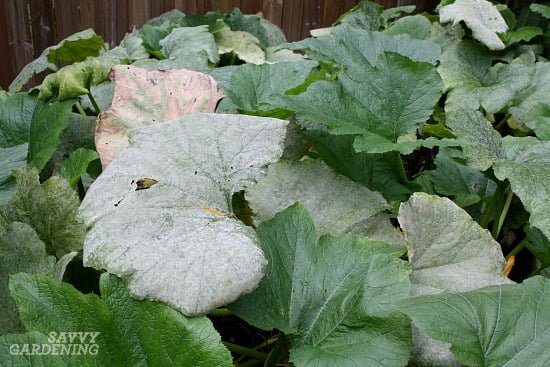Have you ever wondered why your zucchini suddenly turns white? It can be quite a puzzling sight to see a vibrant green vegetable take on a pale, almost ghostly appearance. But fear not, because in this article, we will uncover the reasons behind this peculiar phenomenon. Discover the potential causes and solutions for why your zucchini might be turning white, ensuring that you can continue to enjoy the deliciousness of this versatile vegetable without any worries. Get ready to delve into the fascinating world of zucchini discoloration!
Possible Causes of White Zucchini
Zucchini plants turning white can be a cause for concern for any gardener. There are several factors that can contribute to this issue, and it’s important to identify the underlying cause in order to implement the appropriate solutions. Here are some possible reasons why your zucchini may be turning white:
1. Powdery Mildew
One of the most common reasons for white zucchini is powdery mildew, a fungal disease that affects a wide range of plants, including zucchini. Powdery mildew appears as a white powdery substance on the leaves of the plant. As the disease progresses, the leaves may curl and eventually dry up. This can lead to stunted growth and reduced fruit production.
2. Fungal Infection
White spots or mold on zucchini can indicate a fungal infection. Fungal infections can cause the zucchini to deteriorate, with the fruits becoming soft or rotting. It’s crucial to identify and treat the infection promptly to prevent further damage.
3. Sunburn
Believe it or not, zucchini can get sunburned just like humans! When exposed to direct sunlight for prolonged periods, zucchini fruits can develop pale or white areas. The skin may become dry and cracked, which can negatively impact the overall health and quality of the zucchini.
4. Insufficient Pollination
Another reason for white zucchini is insufficient pollination. If the female flowers of the zucchini plant are not properly pollinated, the resulting fruits may be underdeveloped or misshapen. They may also exhibit a yellowish or white color and lack seeds.
5. Insect Infestation
Insect infestations can also cause zucchini to turn white. Certain pests, such as aphids or whiteflies, can damage the plant’s foliage and affect its overall health. In severe cases, this can lead to the development of white patches on the zucchini.
6. Lack of Nutrients
A lack of essential nutrients can manifest as white zucchini. Nutrient deficiencies, particularly in calcium and magnesium, can cause the fruit to develop white spots or patches. It’s important to ensure that your zucchini plants receive the necessary nutrients for healthy growth.
7. Inadequate Watering
Inconsistent or inadequate watering can also contribute to white zucchini. Without sufficient moisture, the plants may not be able to absorb nutrients properly, leading to the development of white patches on the fruits.
8. Genetic Factors
Sometimes, white zucchini can be attributed to genetic factors. Certain zucchini varieties are prone to exhibiting white or pale-colored fruits. If you’re experiencing this issue with a specific variety of zucchini, it may just be a natural characteristic of the plant.
9. Environmental Stress
Zucchini plants can experience stress due to various environmental factors, such as extreme temperatures or fluctuations in weather conditions. This can result in the development of white zucchini. It’s important to provide a stable and favorable environment for your zucchini plants to minimize stress.
10. Disease or Virus
Lastly, white zucchini can be a symptom of underlying diseases or viruses that affect the plant. These diseases can compromise the overall health and productivity of the zucchini, leading to white or discolored fruits.
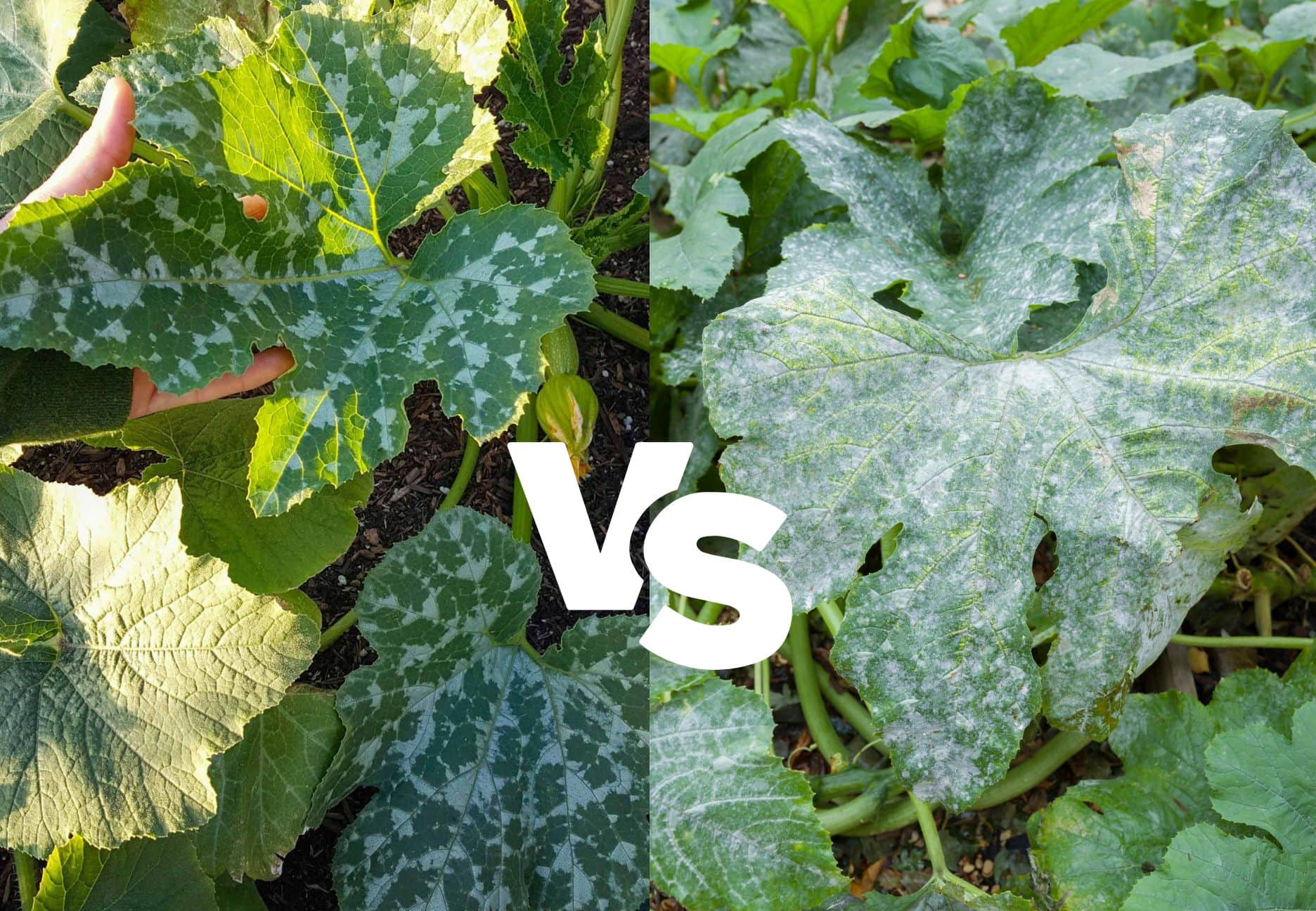
Identifying Powdery Mildew
Powdery mildew is a fungal disease that commonly affects zucchini plants. Identifying the signs of powdery mildew is crucial for effective management. Here are some key indicators of powdery mildew:
1. White Powdery Substance on Leaves
The most evident sign of powdery mildew on zucchini plants is the presence of a white powdery substance on the leaves. This powdery coating may start as small patches but can quickly spread and cover the entire leaf surface.
2. Leaves Curling and Drying
As powdery mildew progresses, the affected leaves may start to curl and eventually dry up. This can lead to a loss of vigor and stunted growth in the zucchini plant.
3. Stunted Growth
Powdery mildew can have a negative impact on the overall growth of the zucchini plant. Infected plants may exhibit reduced growth and smaller-sized leaves compared to healthy plants.
4. Reduced Fruit Production
One of the most concerning effects of powdery mildew is its impact on fruit production. Infected zucchini plants may produce fewer fruits, and the ones that do develop may be smaller in size and lower in quality.
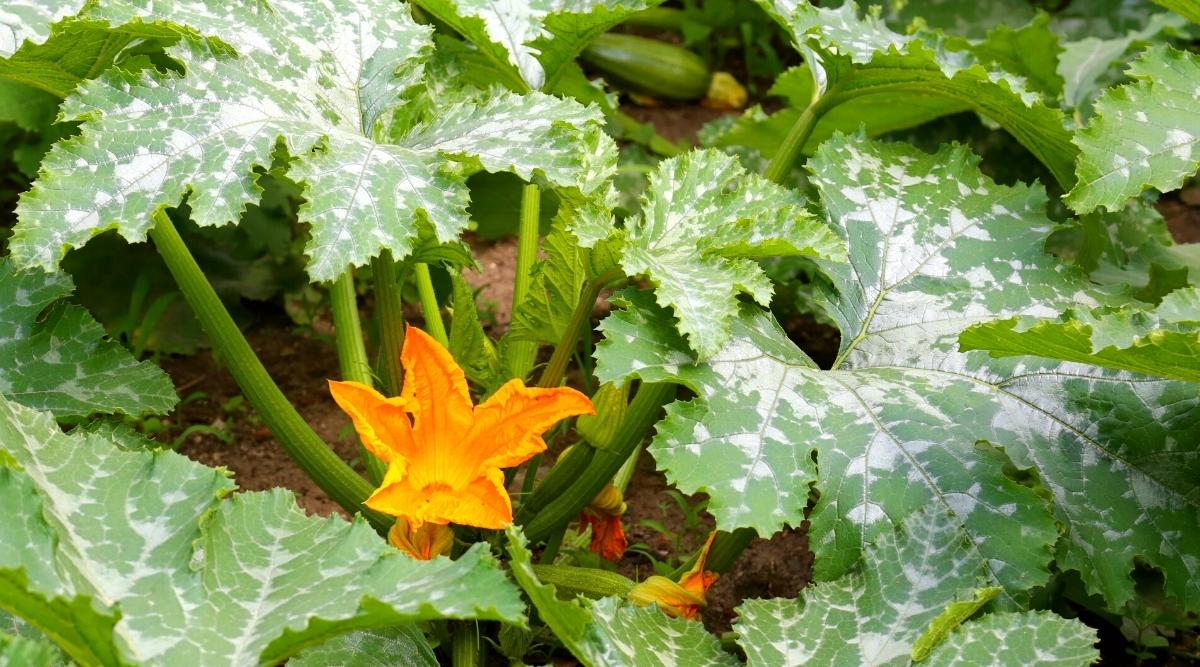
Dealing with Powdery Mildew
If you’ve identified powdery mildew as the cause of your white zucchini, there are several methods you can employ to manage and mitigate the disease. Here are some effective strategies:
1. Remove Affected Leaves
To prevent the spread of powdery mildew, it’s important to remove the affected leaves and discard them properly. This helps reduce the fungal spores’ presence and minimizes the risk of reinfection.
2. Apply Fungicide
Applying a fungicide specifically formulated for powdery mildew can help control the disease. Be sure to follow the instructions provided by the manufacturer and apply the fungicide when the weather conditions are favorable.
3. Improve Air Circulation
Poor air circulation can contribute to the development and spread of powdery mildew. Pruning your zucchini plants to enhance air movement can help reduce humidity levels and minimize the risk of fungal growth.
4. Avoid Watering Foliage
Watering the foliage of zucchini plants can create a conducive environment for powdery mildew to thrive. Instead, focus on watering the soil around the base of the plants to ensure they receive adequate moisture without promoting fungal growth.
5. Preventative Measures
Prevention is key when it comes to managing powdery mildew. Implementing preventative measures such as providing proper spacing between plants, practicing crop rotation, and maintaining overall plant health can help minimize the risk of powdery mildew.
By being proactive and taking the necessary steps to address powdery mildew, you can ensure the health and productivity of your zucchini plants.
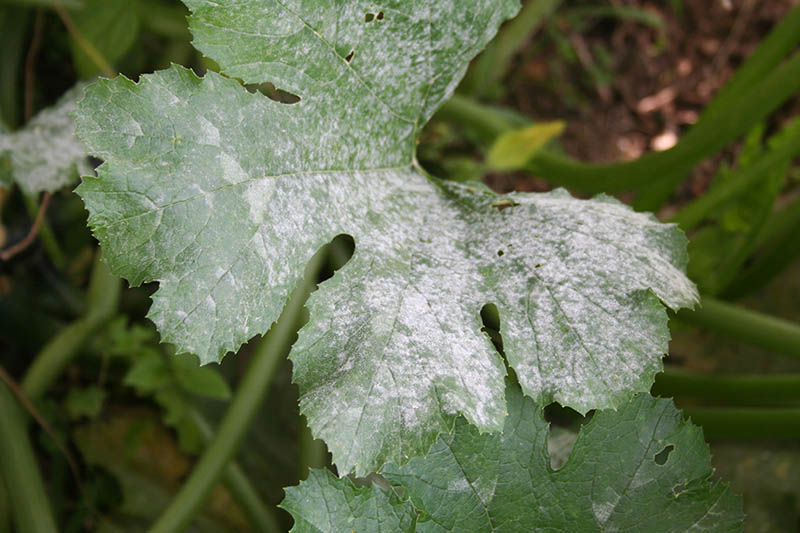
Recognizing Fungal Infections
Fungal infections can also be a reason behind white zucchini. Identifying the signs of fungal infections is crucial in order to address the issue effectively. Here are some key indicators of fungal infections in zucchini:
1. White Spots or Mold on Zucchini
If you notice white spots or mold developing on your zucchini, it is likely a sign of a fungal infection. These spots can appear on the surface of the fruits and potentially spread if left untreated.
2. Deterioration of Fruits
Fungal infections can cause the zucchini fruits to deteriorate over time. They may become soft, mushy, or develop a slimy texture. This deterioration can render the fruits inedible and negatively impact their quality.
3. Rotting or Softening
Another symptom of fungal infections in zucchini is the presence of rot or softening of the fruits. This can occur due to the growth of the fungi, which compromises the structural integrity of the zucchini.
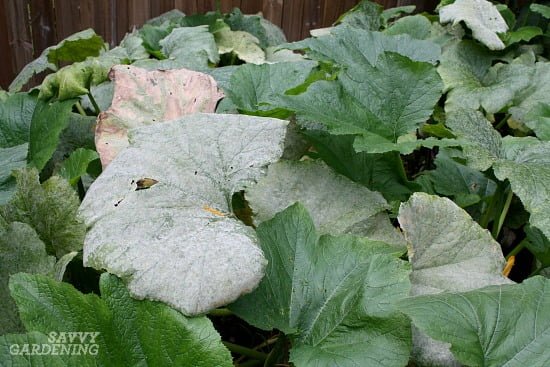
Treating Fungal Infections
If fungal infections are the culprit behind your white zucchini, there are several methods you can employ to treat the issue effectively. Here are some strategies to consider:
1. Prune Infected Portions
To prevent the infection from spreading further, it’s essential to prune and remove the infected portions of the plant. Make clean cuts and dispose of the infected material properly to minimize the risk of reinfection.
2. Apply Fungicides
Using fungicides specifically formulated for fungal infections can help eliminate the pathogens causing the issue. Follow the instructions provided by the manufacturer and apply the fungicide when appropriate.
3. Promote Plant Health
Maintaining overall plant health is crucial in preventing and treating fungal infections. Ensure that your zucchini plants receive adequate sunlight, water, and nutrients to strengthen their immune system and increase their resistance to fungal diseases.
4. Adequate Spacing Between Plants
Proper spacing between zucchini plants is essential to promote good airflow and reduce humidity levels. This helps minimize the conditions favorable for fungal growth and spread.
By implementing these measures, you can effectively address fungal infections and ensure the health and productivity of your zucchini plants.
